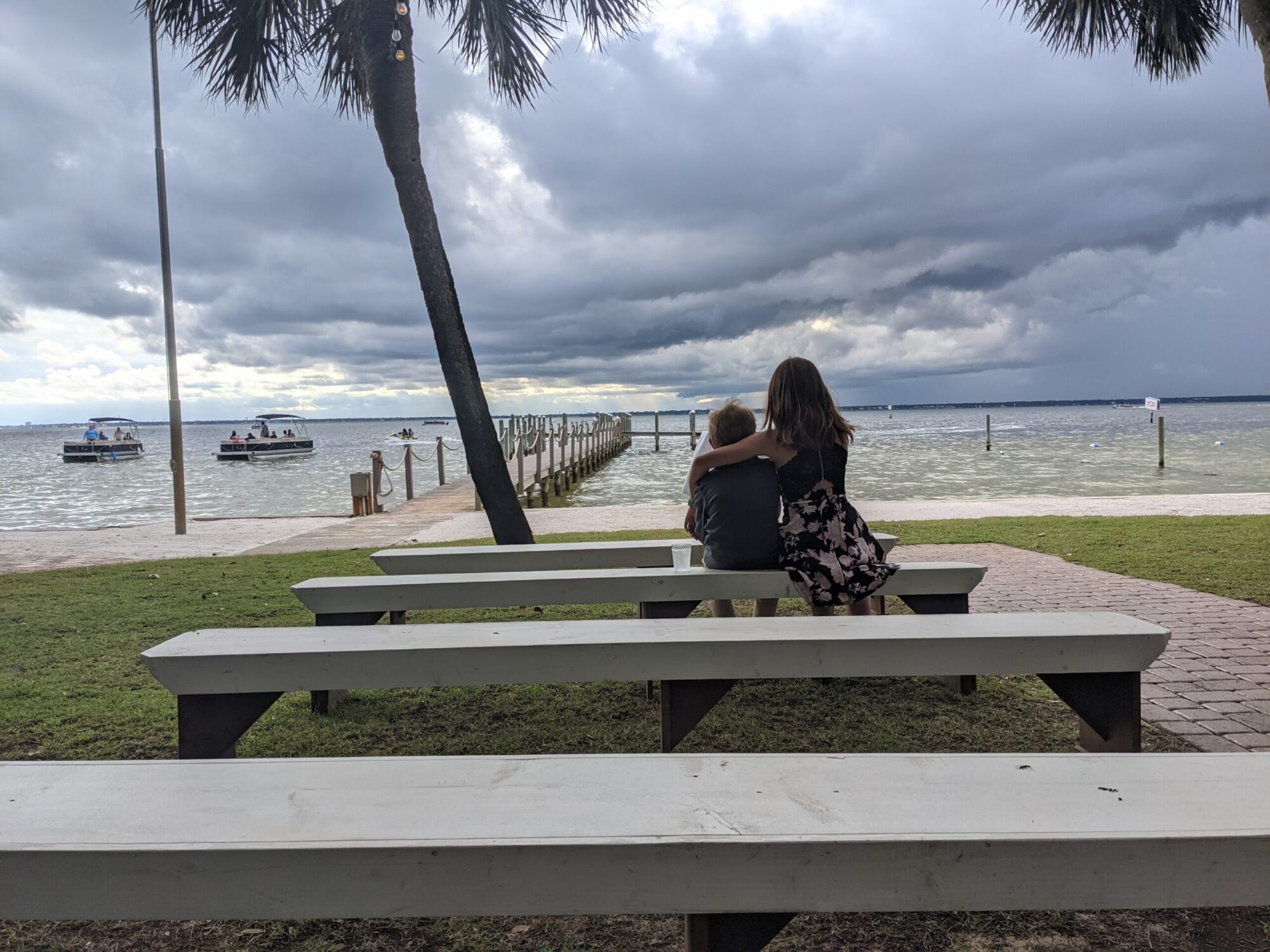About a month ago, the FUTURE in Biomedical Sciences group here at the University held a forum, of sorts, to help answer questions from graduate students and postdocs regarding what it takes to get a job at a Liberal Arts institution, especially in the State of Iowa (where these four individuals reside). The FUTURE group, now in its second year, has multiple professors from Liberal Arts schools across the state (this year’s participants came from Loras College, Drake University, Morningside College and Wartburg College) come to Iowa City to do research for the summer, learning some new experimental techniques and generally expanding their horizons beyond what they can do at their respective institutions. The forum was very informative, covering a variety of topics including how to write up your resume, what kinds of places to apply to, what to look for in a school, when to start looking for jobs, and what the jobs tend to be like. More than anything, however, they all stressed the need for experience: the more experience you have on your application, the better chance you’ll stand against other applicants. I’m not really looking for another job yet or anything, but it’s really good to have this information at the back of my mind as I keep building up that resume. Hearing them talk about their jobs makes me want to get to that stage even more, providing me with some much needed motivation to get a few things done while I’m here!
Thankfully, I already have a leg up on that one. Back at SLU, I had the good fortune of getting to teach in “Drugs We Use and Abuse,” a course run by the graduate students of the Pharm/Phys Department. It is team-taught each Fall to around 50 non-majors (e.g. Business majors, History majors, etc.) and generally centers around…well…just what it sounds like. If you ever wanted to learn what meth, cocaine, opiates, depressants and caffeine do to your body, then this is the class for you. I taught in it for 3 years: I was a section director for 2 of those years and course director for 1 year. The experience was very good, so much that I decided I want to do it full-time as a career: teach at the undergraduate level.
When I took the position here at the University of Iowa, I asked my mentor if it would be alright for me to continue teaching occasionally alongside the rest of the research I’m doing. He was kind enough to allow it (if anything, he was excited that I’d take a few lectures off his hands). This October, I’ll be teaching two classes of Advanced Toxicology, one talking about neurotransmission and the other talking about neurotoxic agents (e.g. cocaine, methamphetamine and ecstasy). Both of these subjects are within my proverbial wheelhouse, so they shouldn’t take up all that much preparation time. That, and I have the previous year’s lectures in a Powerpoint file to help me throw something together. While Drugs We Use and Abuse was directed at non-major undergraduates, this class is for graduate students and there are only 12 in the class, so the dynamic will be quite a bit different than what I’m used to.
I will likely get the opportunity to teach in the Spring as well. That course is in our department, Medicinal Chemistry and Natural Products, and is also targeted at graduate students (and will likely be just as small, if not smaller). Not sure when we’ll get that going, but it probably won’t be until January, knowing how things go around here.
Either way, I think I’m doing a reasonably decent job at preparing for what’s ahead, with regards to that whole “career” thing. At the very least, getting to add a few “guest lecturer” points on my CV is always a welcome addition.
And maybe I’ll even have a little fun doing it. 🙂


